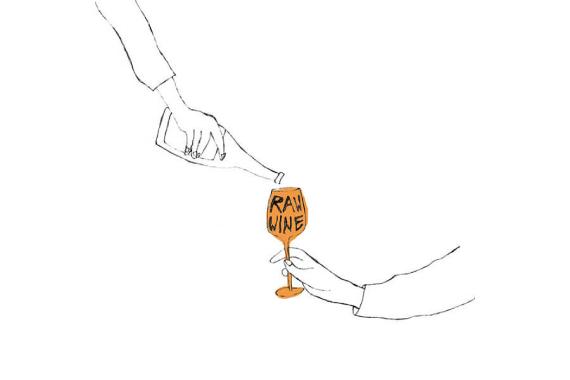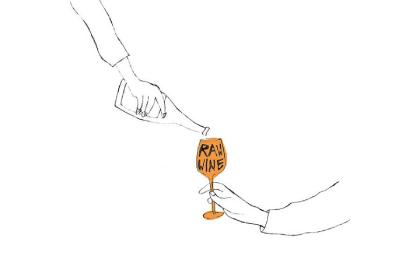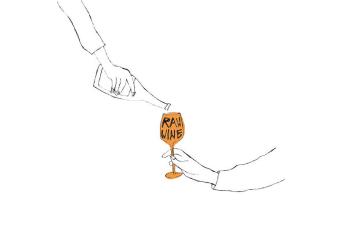Certified
Uncertified
Type
Grower, Maker



Certified
Uncertified
Type
Grower, Maker
THE VINEYARD
Fruit of a passionate interest in wine and the desire to revalue a magnificent territory, Le Coste vineyard began in February 2004 with the purchase of three hectares of abandoned land known as “Le Coste”, which had once been a “garden” of vines and olives.
The owners and fulcrum of this project are: Clementine Bouveron, born in France, graduated in viticulture and oenology in Macon, and degree from the wine school of Bordeaux, agricultural engineer. She has been passionate about agriculture since she was young, a lover of wine and cooking, during and after her studies she had various experiences with French winemakers, such as Bruno Schueller, Gérald Oustric, domaine de Trevallon, Dominique Hauvette, Thierry Allemand. She has been working full time in the company for almost 20 years now, she loves being in the vineyards, she takes care of everything related to plants and animals.
Gian Marco Antonuzi, a law graduate, sommelier and wine enthusiast from a very young age, had various experiences in France trying to better capture what was behind a bottle of wine, falling completely in love with all those factors determining the production of a wine made only outof grapes. He worked for four seasons in France, starting with Schueller in Alsace, then Didier Barral in Languedoc, Dard and Ribo in the Rhone Valley, doing a harvest in Beaujolais with Jean Paul Thévenet and Marcel Lapierre. He finished his experience in 2005 working in the cellar for Philippe Pacalet, in Burgundy, when the Le Coste project had already started. A stubborn drinker, passionate about tractors and the land, he mostly deals with making wine and managing the soil.
The vineyard has since grown and now covers about more than 30 hectares, 7 of young vines planted by us in the last 20 years, 3 of old vines (40 to 60 years of age) which we rent since 2005, 2 of grazing meadows and 4 of olive trees, and 4 of ancient terraces returned to woodland which we intend to clear in order to reintroduce the old system of mixed farming and the rearing of local breeds of animals for both meat and milk.
The vineyard is located in Gradoli, in the province of Viterbo, at the border with Tuscany and Umbria, 40 kms from the Tyrrhenian coast and about 140kms from Rome. Lying at 450ms above sea level, in the hills overlooking the Lake of Bolsena (of recent volcanic origin, about one million years old), the soil is loose and friable, derived from the underlying volcanic rocks and ashes, rich in iron and minerals, which can change slightly in structure and composition from one area to another, given the result of the long pyroclastic eruption which created different stratifications depending on the altitude and exposure.
On all the property we practice “Natural” agriculture, certified organic, respectful of the principles of biodynamics, but above all sensitive to respect the environment, in order to create a natural balance which intensive farming would certainly disturb. To this end we cultivate mixed crops, vines, olives, fruit trees and green manures.
THE PROCESSINGS
To encourage humus development, therefore natural fertility of the soil, we do not use chemical fertilizers, but company compost and prepared manure horn 500. To control weeds and aerate the soil, in sapling vineyards, we limit ourselves to two/three manual hoeings around the vines and olive trees. On the new espalier systems we are able to do some more mechanical work: chopping, working the inter-row with the blade or barefoot plough, rolofaca and above all the treatments are done with the tractor, but manual work with the hoe is not excluded, to take care of young plants health. The treatments are based on sulphur, hydroxide or copper sulphate, aided by the application of algae, biodynamic preparations, such as valerian 507 and silica horn 501, and in the vegetative development phase we use horsetail, yarrow, willow and nettle herbal teas to attenuate conditions favorable to the development of cryptogamic diseases, stimulating the plant natural resistance.
HOW WE PRODUCE OUR WINE
We harvest by hand from end of August/beginning of September for early varieties (aleatico and moscato antica, pinot noir and syrah), up until the beginning of October (sangiovese and procanico). The wine is made without technological processing or chemical additives; fermentation occurs spontaneously due to indigenous yeasts without adding sulphur dioxide; malolactic fermentation follows naturally, usually after the alcoholic fermentation, sometimes ending in the spring.
Winemaking varies from season to season depending on the maturity and health of the grapes, the variety and age of the vines. We choose grapes from particular vines according to the wine we wish to make, applying several different methods of natural fermentation; direct pressing, with skins, with or without stalks, in containers in stainless steel, resin or of wood, carbonic maceration, ageing in vats or in barrels of various sizes.
After one single transfer to prepare the bulk, all the wines are bottled using peristaltic pump, without filtering or adding clearing agents or sulphur dioxide.
- Size of their farm: 0 (ha)
- Size of farm under vine: 0 (ha)



